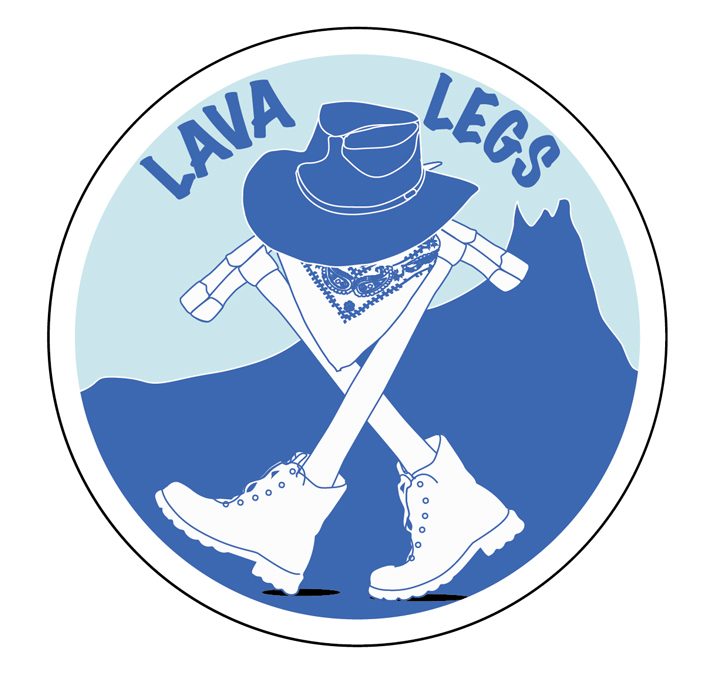Traveling with us were four journalism students from the Stony Brook University School of Journalism; their professor, Elizabeth Bass, the founding director of the Alan Alda Center for Communicating Science at Stony Brook University; and teaching assistant Kevin Lizarazo. This group joined us in the field to see firsthand how research gets done. They hiked into the field day after day and documented just about every aspect of the trip, from the geology of the sites and the instruments we used to the personalities of our team members—even creating a gallery of our hats. All of their work has been synthesized and distilled into a multimedia-rich Reporting RIS4E website, created by the students under the supervision of Lizarazo.
Having students report from the field has been an essential part of RIS4E since the project was launched in 2014. The project leadership worked with the Stony Brook University School of Journalism and the Alan Alda Center for Communicating Science to create a course for students interested in science journalism that puts them in contact with researchers while they work. In 2015, the first group of students traveled with a RIS4E team to Hawaii’s Mount Kīlauea volcano.

The journalism students and teachers from Stony Brook University (left to right): Briana Lionetti, Kayla McKiski, Jake Bleacher, Nicola Shannon, Elizabeth Bass, Katherine Wright, and Kevin Lizarazo. Courtesy of Reporting RIS4E.
The land at Potrillo is desert, and temperatures were especially hot during our time in the field. On the first day, the thermometer registered 105 degrees Fahrenheit, making for a harsh introduction to the desert, as the Stony Brook journalists described in their “Dispatches from the Desert” blog.

The volcanic landscape is difficult terrain, and by the end of the trip, several pairs of boots had to be tossed in the trash, including these two. We can rate the field difficulty by how many pairs of boots don’t come home. Courtesy of Patrick Whelley.
The combination of explosive and effusive volcanic features creates a rugged terrain that can be difficult to walk on. For some in the group from Stony Brook, this was a new experience. I use the term “lava legs”—similar to sea legs—to refer to mastering walking on the uneven volcanic terrain. I awarded buttons to those who earned their lava legs on my trips.

Tags: geology, GIFT 2017, planetary analogs, solar system




